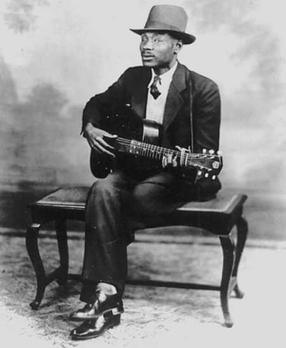On May 1, 1814, the USS Wasp set sail with a crew of 173 men and orders to harass British merchant ships.
Topics Related to This Day in North Carolina History
On February 3, 1983, Henry Frye was sworn in as North Carolina’s first African-American Supreme Court Justice. Governor Jim Hunt appointed Frye as an associate justice.
On September 1, 1898, Carl Schenck opened the nation’s first school of forestry.
The school has its roots in 1895 when George Vanderbilt, who had just completed the Biltmore House, hired German-born Schenck to manage and restore his vast woodland properties.
On September 3, 1912, Beulah Henry, later nicknamed “Lady Edison,” received her first patent while living in Charlotte.
The invention, a vacuum ice cream freezer, was followed the next year by improvements to the handbag and parasol.
On September 30, 1956, St. John’s Episcopal Church in Williamsboro was reconsecrated by the Right Reverend Edwin A. Penick, Bishop of the Diocese of North Carolina, following the building’s careful restoration.
On October 2, 1894, the North Carolina School for the Deaf opened with 104 students and eight teachers. The first superintendent was Edward McKee Goodwin, who served in that position until his death in 1937.
On October 24, 1911, Orville Wright set a world soaring record of nine minutes and 45 seconds of unpowered flight on the Outer Banks.
On October 31, 1765, angry Wilmingtonians held a mock funeral for Liberty
On November 25, 1780, senior officers of the Southern Department of the Continental Army met at Camp New Providence, near Charlotte, to develop a strategy to respond to General Charles Cornwallis’s impending invasion of North Carolina.

